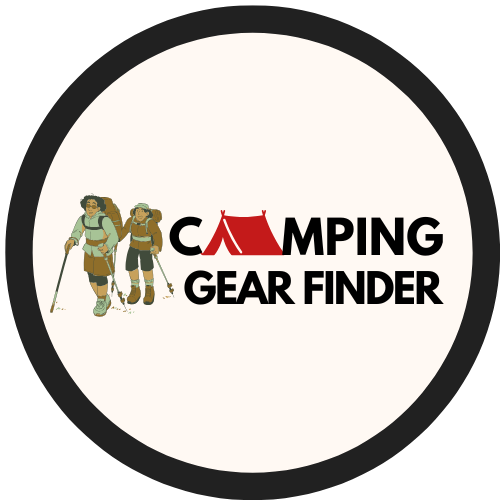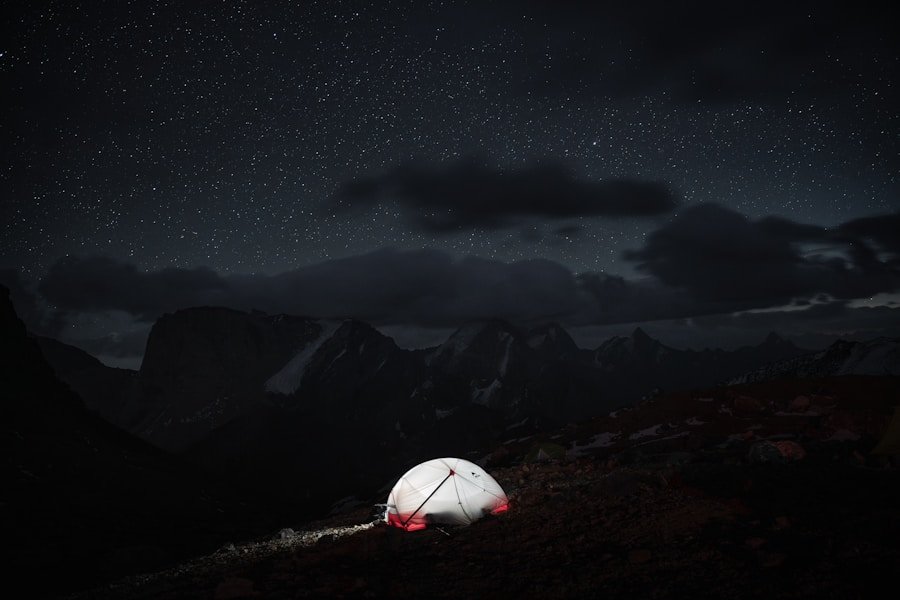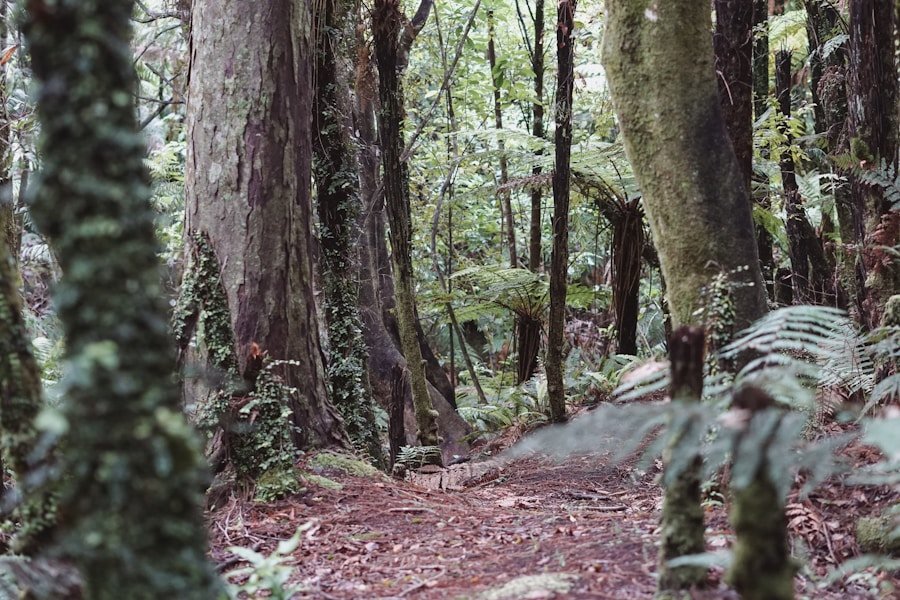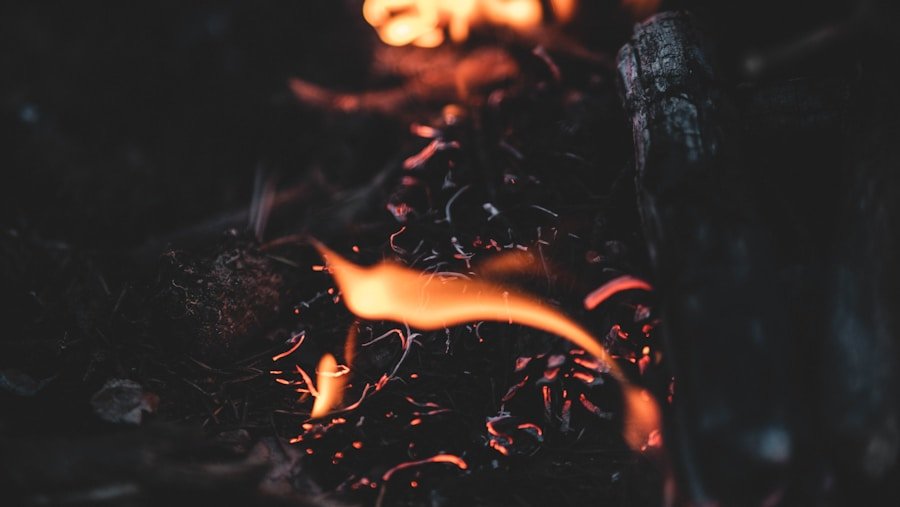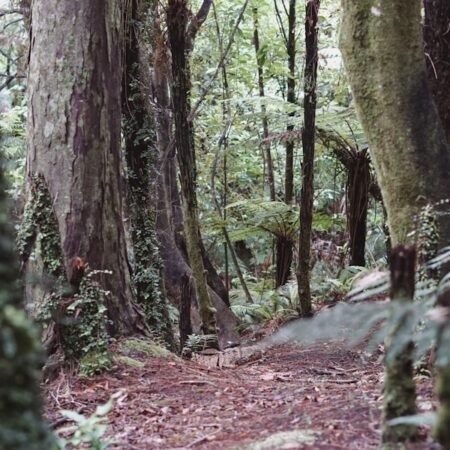When camping with an infant, selecting the appropriate sleeping gear is crucial. There are several options available, including portable cribs, bassinets, and co-sleepers. Portable cribs are a popular choice among parents, as they provide a safe and secure sleeping environment for infants.
When choosing a portable crib, consider one that is lightweight and easy to set up, as it will need to be transported to and from the campsite. Bassinets are another option, often designed to be lightweight and portable. Co-sleepers are also a popular choice, allowing parents to sleep close to their baby while maintaining a separate sleeping space.
Regardless of the option chosen, ensure that the sleeping gear meets safety standards and is suitable for the baby’s age and size. In addition to selecting the right sleeping gear, it is essential to consider the bedding and blankets used for the baby while camping. Opt for lightweight and breathable bedding to keep the baby comfortable and prevent overheating.
Avoid using heavy blankets or pillows, as they can pose a suffocation risk for infants. Instead, choose sleep sacks or wearable blankets that can keep the baby warm without covering their face. It is also a good idea to bring extra blankets in case the temperature drops during the night.
By selecting the right sleeping gear and bedding, parents can help ensure a restful night’s sleep for their baby while camping.
Key Takeaways
- Choose a sleeping gear that is suitable for camping and safe for your baby
- Create a safe sleeping environment by clearing the area of any potential hazards
- Keep your baby comfortable and secure by dressing them in appropriate clothing and using a secure sleeping arrangement
- Establish a bedtime routine to help your baby adjust to sleeping in a campsite setting
- Address safety concerns and risks associated with camping with a baby by being prepared and vigilant
Creating a Safe Sleeping Environment in the Great Outdoors
Choosing a Safe Sleeping Surface
When setting up your baby’s sleeping area, it’s crucial to choose a flat and stable surface that is free from rocks, roots, or other hazards. If you’re using a portable crib or bassinet, make sure it’s securely anchored to the ground to prevent it from tipping over.
Protecting Your Baby from Hazards
It’s essential to keep your baby’s sleeping area away from the campfire and other potential hazards. Consider using a mosquito net or screen to protect your baby from insects while they sleep. Additionally, be mindful of the surrounding wildlife and take precautions to keep your baby safe from any potential threats.
Preparing for Changing Weather Conditions
Another important consideration when creating a safe sleeping environment for your baby while camping is the weather. Be prepared for changing weather conditions by bringing along a portable fan or heater to help regulate the temperature in your baby’s sleeping area. It’s also a good idea to bring along a waterproof tarp or canopy to protect your baby’s sleeping area from rain or dew. By taking these precautions, you can help ensure that your baby has a safe and comfortable sleeping environment while camping in the great outdoors.
Tips for Keeping Your Baby Comfortable and Secure While Camping
Keeping your baby comfortable and secure while camping is essential for ensuring a restful night’s sleep. One way to keep your baby comfortable is by dressing them in appropriate clothing for the weather. Be sure to pack lightweight and breathable clothing for warm weather, as well as layers and warm hats for cooler nights.
It’s also important to keep your baby well-hydrated, especially in hot weather, so be sure to bring along plenty of water and formula if you are bottle-feeding. Additionally, consider using a portable white noise machine or playing soothing sounds to help lull your baby to sleep in the unfamiliar outdoor environment. In addition to keeping your baby comfortable, it’s also important to ensure that they are secure while sleeping in the wilderness.
If you are using a portable crib or bassinet, be sure to follow the manufacturer’s instructions for securing it properly. If you are co-sleeping with your baby, consider using a portable bed rail or barrier to prevent them from rolling off the bed. It’s also a good idea to bring along a baby monitor so that you can keep an ear out for any sounds of distress during the night.
By taking these steps to keep your baby comfortable and secure while camping, you can help ensure that they have a restful night’s sleep.
Establishing a Bedtime Routine for Your Infant in a Campsite Setting
| Safe Sleep Solutions | Metrics |
|---|---|
| Infant Age | 0-12 months |
| Recommended Sleeping Position | On their back |
| Safe Sleeping Environment | Firm surface, no loose bedding |
| Temperature Control | Avoid overheating, dress in light layers |
| Monitoring | Regularly check on the infant |
Establishing a bedtime routine for your infant while camping can help them feel more secure and relaxed in the unfamiliar outdoor environment. Start by setting up a consistent bedtime routine that includes activities such as bathing, reading a bedtime story, and feeding. By following the same routine each night, you can help signal to your baby that it’s time to wind down and prepare for sleep.
It’s also important to choose a quiet and peaceful spot for your baby’s bedtime routine, away from the hustle and bustle of the campsite. Another important aspect of establishing a bedtime routine for your infant while camping is creating a comfortable and familiar sleeping environment. Bring along items such as their favorite blanket or stuffed animal to help them feel more at ease in the new surroundings.
Additionally, consider using a portable white noise machine or playing soothing sounds to help create a calming atmosphere for your baby’s bedtime routine. By establishing a consistent bedtime routine and creating a comfortable sleeping environment, you can help ensure that your infant has a restful night’s sleep while camping.
Addressing Safety Concerns and Risks Associated with Camping with a Baby
Camping with a baby comes with its own set of safety concerns and risks that need to be addressed in order to ensure their well-being. One of the primary concerns is protecting your baby from insect bites and stings. Be sure to use insect repellent that is safe for use on infants, and consider using mosquito nets or screens to protect their sleeping area from insects.
It’s also important to be mindful of potential hazards such as poisonous plants or dangerous wildlife in the area where you will be camping. Another safety concern when camping with a baby is ensuring that they are protected from the sun’s harmful rays. Be sure to bring along plenty of sunscreen that is safe for use on infants, as well as hats and lightweight clothing to provide additional protection from the sun.
Additionally, consider using a portable sunshade or canopy to create a shaded area for your baby to play and sleep in during the day. By addressing these safety concerns and risks associated with camping with a baby, you can help ensure that they stay safe and healthy while enjoying the great outdoors.
Strategies for Managing Nighttime Feedings and Diaper Changes While Camping
Nighttime Feedings on the Go
When camping with a baby, nighttime feedings can be a challenge. However, with some planning, you can make it work. One strategy is to bring pre-measured formula or pumped breast milk in insulated containers to keep it fresh throughout the night. You can also use a portable bottle warmer or a thermos of warm water to quickly heat up bottles when needed. If you’re breastfeeding, consider bringing a portable nursing pillow or blanket to create a comfortable nursing spot in the campsite.
Diaper Changes in the Wilderness
Managing nighttime diaper changes while camping requires some extra planning as well. It’s essential to have all the necessary supplies easily accessible. A portable changing pad or mat can create a clean and comfortable spot for diaper changes. Don’t forget to pack plenty of diapers, wipes, and diaper rash cream to keep your baby clean and dry throughout the night.
Additional Tips for a Restful Night
To ensure a restful night’s sleep for both you and your baby, consider using disposable diaper bags or sealable plastic bags to contain any soiled diapers until they can be properly disposed of. By implementing these strategies for managing nighttime feedings and diaper changes, you can enjoy a peaceful camping trip with your baby.
Ensuring a Peaceful Night’s Sleep for Your Baby and Yourself in the Wilderness
Ensuring a peaceful night’s sleep for your baby and yourself while camping in the wilderness requires careful planning and consideration of their needs. One way to help ensure a peaceful night’s sleep is by choosing a campsite that is away from noisy areas such as roads or communal gathering spots. Look for a quiet spot that is sheltered from wind and other elements, as this can help create a more peaceful sleeping environment for both you and your baby.
Another important aspect of ensuring a peaceful night’s sleep in the wilderness is being prepared for unexpected challenges such as weather changes or wildlife encounters. Be sure to bring along extra blankets and clothing layers to keep your baby warm if the temperature drops during the night. Additionally, consider using a portable fan or heater to help regulate the temperature in your baby’s sleeping area if needed.
It’s also important to take precautions such as storing food properly and keeping your campsite clean to prevent attracting wildlife that could disturb your sleep. By taking these steps to ensure a peaceful night’s sleep for your baby and yourself in the wilderness, you can help make camping with an infant an enjoyable experience for everyone involved. In conclusion, camping with an infant can be an enjoyable experience with some careful planning and consideration of their needs.
By choosing the right sleeping gear, creating a safe sleeping environment, keeping your baby comfortable and secure, establishing a bedtime routine, addressing safety concerns, managing nighttime feedings and diaper changes, and ensuring a peaceful night’s sleep in the wilderness, you can help ensure that both you and your baby have a restful night while camping. With some thoughtful preparation and attention to detail, camping with an infant can be an enriching experience that allows you to introduce them to the wonders of nature from an early age.
FAQs
What are safe sleep solutions for infants while camping?
Safe sleep solutions for infants while camping include using a portable crib or bassinet, ensuring a firm and flat sleeping surface, keeping the infant’s sleeping area free of loose bedding and soft toys, and dressing the infant in appropriate sleep clothing for the temperature.
What should parents consider when choosing a sleeping area for their infant while camping?
Parents should consider the safety and comfort of the sleeping area for their infant while camping. This includes choosing a flat and firm surface, ensuring proper ventilation, and keeping the sleeping area away from potential hazards such as campfires or rough terrain.
How can parents ensure a restful night for their infant while camping?
Parents can ensure a restful night for their infant while camping by maintaining a consistent bedtime routine, creating a familiar sleep environment, and addressing any discomfort or needs of the infant promptly. Additionally, keeping the infant warm and dry, and minimizing disturbances can contribute to a restful night.
What are the risks of unsafe sleep practices for infants while camping?
Unsafe sleep practices for infants while camping can increase the risk of Sudden Infant Death Syndrome (SIDS) and suffocation. These risks can be heightened in unfamiliar environments and when proper sleep safety measures are not followed.
